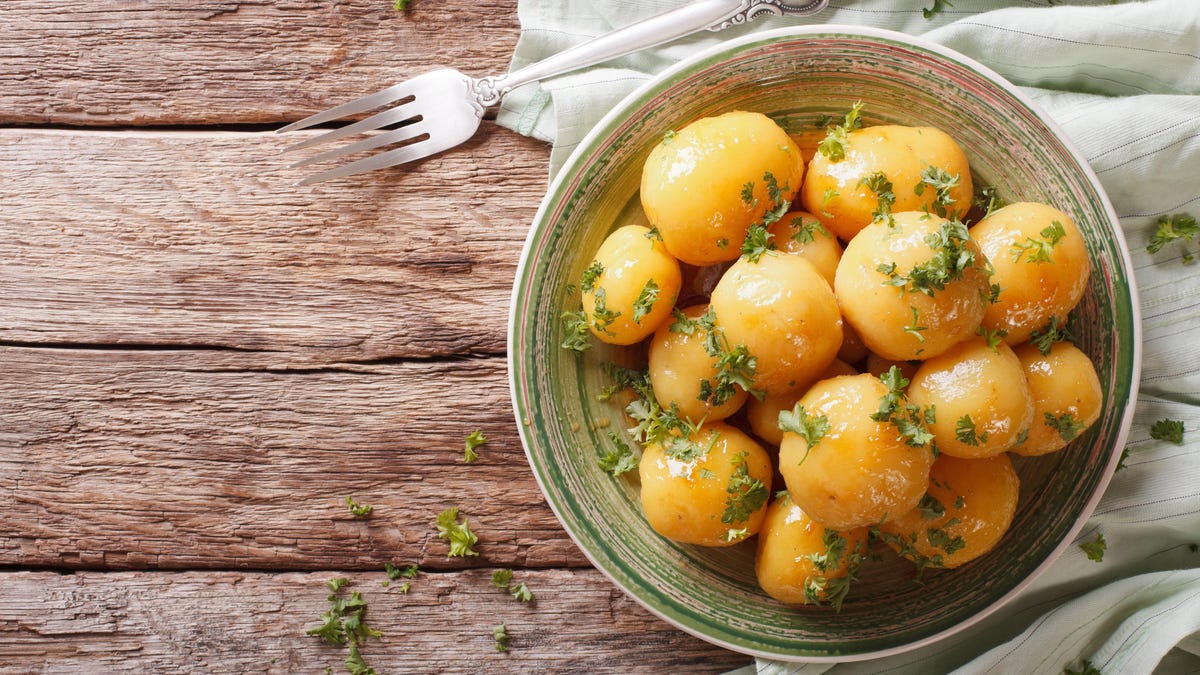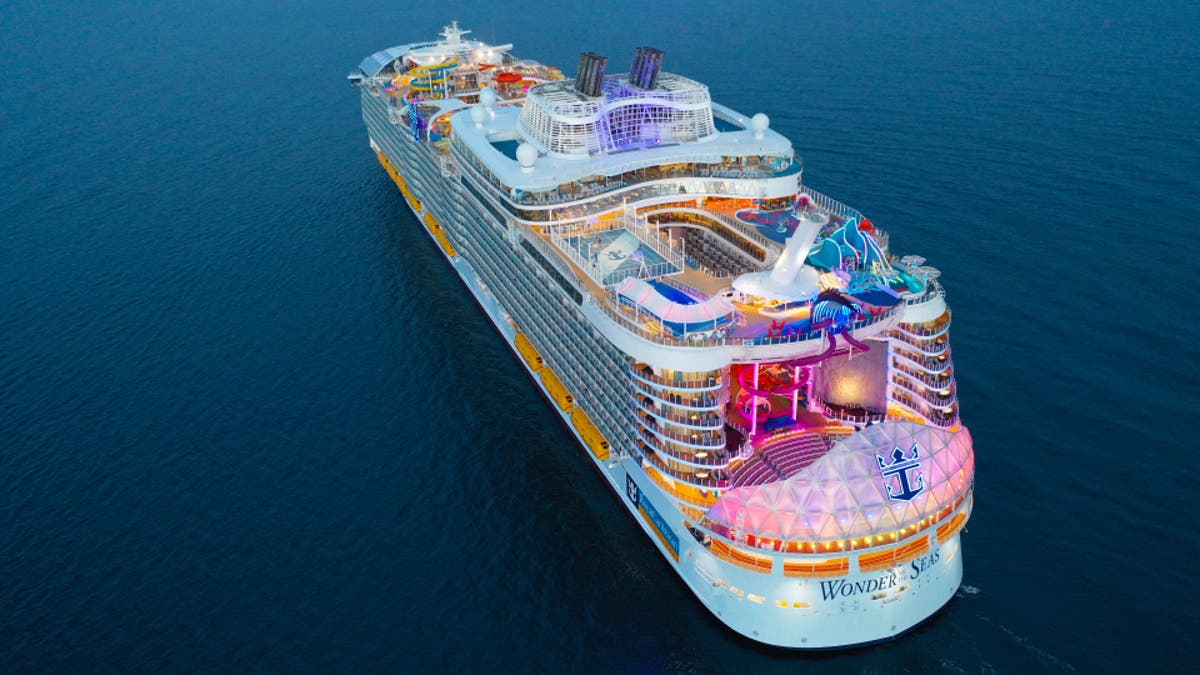10 ways IOI City Farm differs from established petting zoos, aquariums & farms in M’sia
A review of IOI City Farm at IOI City Mall and how it differs from established Malaysian petting zoos, aquariums, and farm tours.

On August 23, we had the opportunity to visit IOI City Farm, an edutainment concept inside IOI City Mall.
Built over two floors, the space spans 18,000 square feet with three zones, Greenland (indoor garden), Little Rimba (petting zoo), and Freshwater World (aquarium).
Throughout our trip, we couldn’t help but notice differences between IOI City Farm’s 3-in-1 experience and other established tourist attractions that exist in Malaysia, like Farm In The City, Aquaria, and other farm tours we’ve been to.
Here’s how they all differ.
1. There are various plants and growing concepts in one space

Entering IOI City Farm, we were welcomed through Greenland, where we’re greeted with the attraction’s centrepiece known as Green Glades.
There were also other exhibitions including its Vertical Garden for herbs, Planter Garden for garden plants, and Urban Farm which uses an aquaponics concept to grow edible greens.

Further in, there are more plants to be seen at the Teeny Weeny Forest featuring mini terrariums with different types of succulents and cacti.


IOI City Farm’s indoor garden concept stands out in how it combines 70 different species of plants, grown using different planting methods.
It’s unlike other farm tours and experiences in Malaysia, which tend to specialise in one type of produce, or one type of farming method.
2. It’s more of a visual walk-through than a full-on educational farm tour
While Greenland contains a handful of informational displays to read about the plants in the indoor garden, we found the educational portion of them lacking.
For example, the Urban Farm grows edible greens (like your typical salad veggies) on two plant towers above water, with a decorative waterwheel of garden plants in between.
This implies that it uses an aquaponics growing technique, but it lacked educational materials for users to read or learn about the concept.

Compared to a Malaysian muskmelon farm my colleagues visited, Mono Premium Melon, they were brought on an in-depth farm tour by the team themselves.
Here, they were exposed to the IoT and other agritech systems that went behind growing and harvesting Japanese muskmelons in Malaysian climate.
This farm tour was conducted as a complimentary service to those who’d bought a muskmelon from Mono Premium Melon.

A similar concept is also carried out by an urban farm called Fresh Growcer located in 1 Utama. It allows customers who’ve bought their vegetables online to visit the farm and be taken on a tour to learn about the aeroponics growing system that the produce thrives.
3. You can’t harvest your own produce to bring home
At most farm tour experiences, a valuable benefit of visiting the site is that you’d usually get to harvest your own produce to bring home as a souvenir.
From our experience at Mono Premium Melon, visitors get to harvest their own melon, handpicked by the team for the best quality after the tour.

As for Fresh Growcer, visitors get to harvest their own fruits and veggies.
This is something that has yet to be offered at IOI City Farm’s Greenland, though we’re unsure if the current infrastructure allows for this concept in the future.
4. Small land animals are kept in floor-to-ceiling glass enclosures
Walking past the displays at Greenland, we entered Little Rimba, IOI City Farm’s petting zoo. Personally, before even visiting the farm, I was wondering how the mall’s ventilation system would mitigate the smells of animals as we’re familiar with in outdoor zoos.

I wasn’t exactly excited to learn the answer. The small land animals like black-tailed prairie dogs, Patagonian mara, Bengal cats, raccoons, meerkats, chickens, and peacocks were kept inside glass enclosures.
Vents overhead helped circulate the air, thus, there was no smell of manure or wild animal musk that we could detect.
Compared to Farm In The City, an outdoor petting zoo in Seri Kembangan, animals like alpacas, raccoons, chickens, and more, were all kept in their own gated environments outdoors, simulating a more natural habitat for them.
5. It’s limited in terms of animal varieties shown
To be fair to IOI City Farm, they are limited to an indoor space, so only small animals can fit inside its enclosures.

This is something the mall is being transparent about as well, sharing on its “about” page that visitors will be able to find small cute animals and interact with them.
Compared to Farm In The City where land availability is more extensive, the outdoor petting zoo simply has the privilege to offer larger animals, including a Dinosaur Turtle a place in its park.
6. The types of animals you can pet are already-common pets
Adding on to the point above, visitors at Farm In The City are also allowed into the gated habitats to interact with and feed the animals with supervision from the park’s rangers.
Of course, IOI City Farm has elements of this, albeit only for smaller animals like guinea pigs and rabbits, which are animals visitors can already keep as pets anyway.

Chicks and ducklings can be held with supervision from the park’s zoologists too.
Little Rimba is an attempt at providing visitors, especially children, some level of interaction with the animals, though it has its limitations in a small space.
7. Throughout the space, there are actual professionals you can speak to
To IOI City Farm’s benefit, the park has experts including zoologists, botanists, and aquarists situated around the space to help facilitate answering any questions visitors may have about the animals, plants, and aquatic life.
In order to get the most out of your visit though, it seems like you’d have to strike up a conversation with these experts first, as they seemed quite occupied with watching over the crowd.

On the other hand, at other outdoor zoos like Farm In The City, you’d more commonly find rangers mainly during feeding or training times, and in specific enclosures only.
8. Its aquarium only has freshwater creatures
A similar point about the lack of animal variety is carried over to Freshwater World.
As the name suggests, only freshwater creatures can be found in IOI City Farm’s aquarium containing amur sturgeons, kelah, arapaima, and more.
However, there are a few sea creatures to be found here in standalone displays, such as crabs and stingrays.

In larger oceanariums like Aquaria, for example, there’s a larger variety of creatures that are split into sections around the exhibit, separating marine fish, freshwater ones, deep-sea creatures, and others.
9. While there are educational displays, they mainly cover basic trivia
Looking at the edutainment aspects of Freshwater World, the aquatic exhibition comprises Interaction Ponds, where visitors can feed and gently pet small koi and fish for guppies.
There are also informational displays that inform you about the species of fish, their habitats, diets, and lifespan. Plus, there are aquarists hovering around the area too.

Though a bit more in-depth compared to what you’d find in the Greenland and Little Rimba zones, they’re still not as informational as the displays you’d find in places like Aquaria.
For example, Aquaria has something called the Evolution Zone, which contains fun facts scattered around the exhibition with artefacts and information for visitors to digest.
They cover aspects like a species’ evolutionary biology, history, and fun facts about a specific organism. These are scattered throughout the aquarium, allowing visitors to naturally pick up titbits about ocean life as they explore the space.
10. There will be workshops about insect taxidermy, plant care, and more, in the future
During the media launch of IOI City Farm, they shared their plans of hosting workshops where visitors can learn about plants and fish care, and even take insect taxidermy classes.
It’s a way for visitors to actively engage and learn in a more engaging way, as it’s being taught in a class with a more focused topic during the session.

IOI City Farm even appears to have a dedicated space for these workshops. Before entering Little Rimba, we noticed a cove of sorts called The Barn with tables and chairs. It’s likely a place where these future workshops may be held, other than providing a rest stop for those who may need it.
-//-
Understandably, IOI City Farm does have limited space since it’s an attraction in a mall, not a standalone attraction, so it has to pick its battles in the offerings it puts in each area.
What’s more unique about it is its 3-in-1 experience offered, which serves as an introductory, fun learning experience about plants, small animals, and aquatic creatures.
Kids make for the ideal target demographic, and with IOI City Farm’s location within IOI City Mall, it’s much easier and more convenient for families to make the trip.
Educational and fun trips can be slotted into the same day as grocery shopping, for a fee between RM37-RM58.
Read our other IOI City Farm article here.Learn more about IOI City Farm here.All image credits: Vulcan Post

 Lynk
Lynk 































